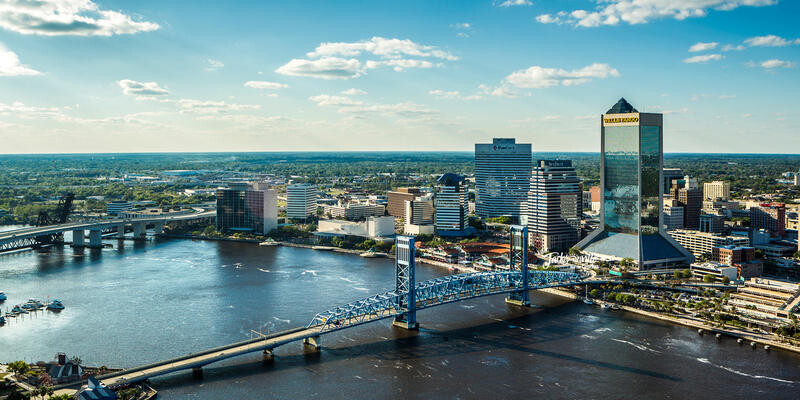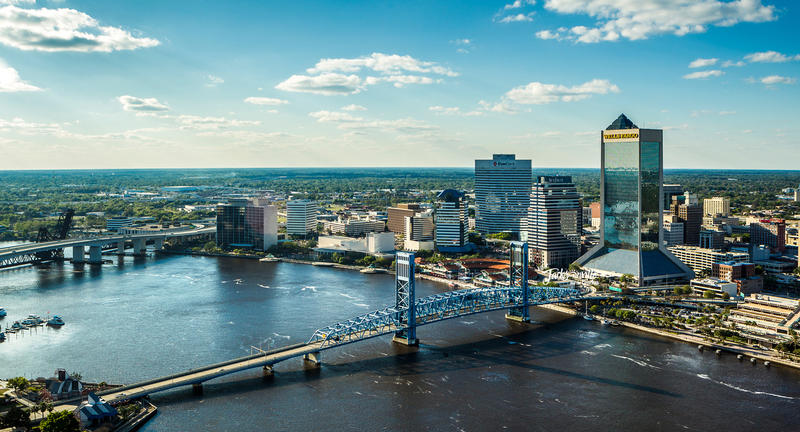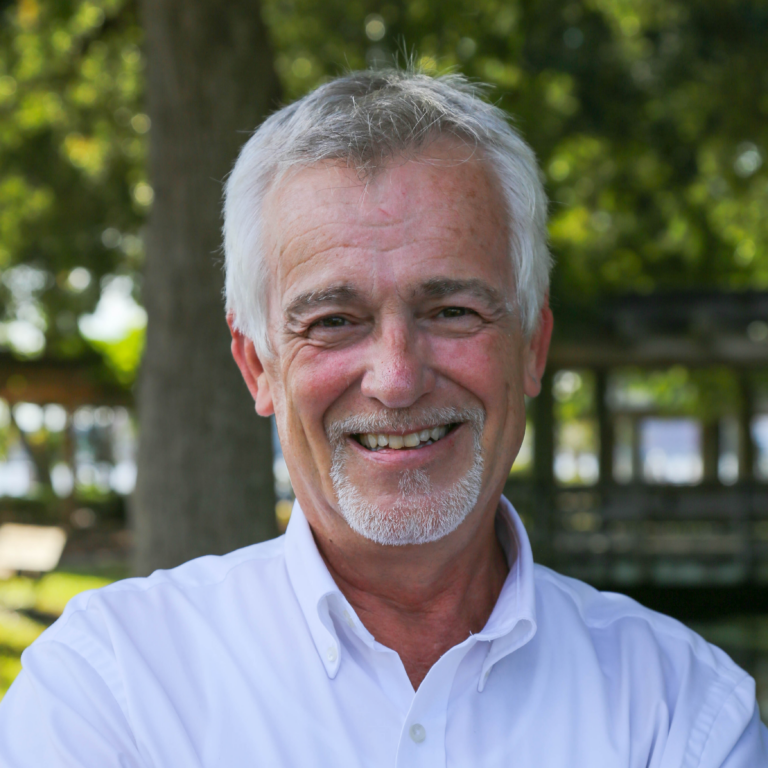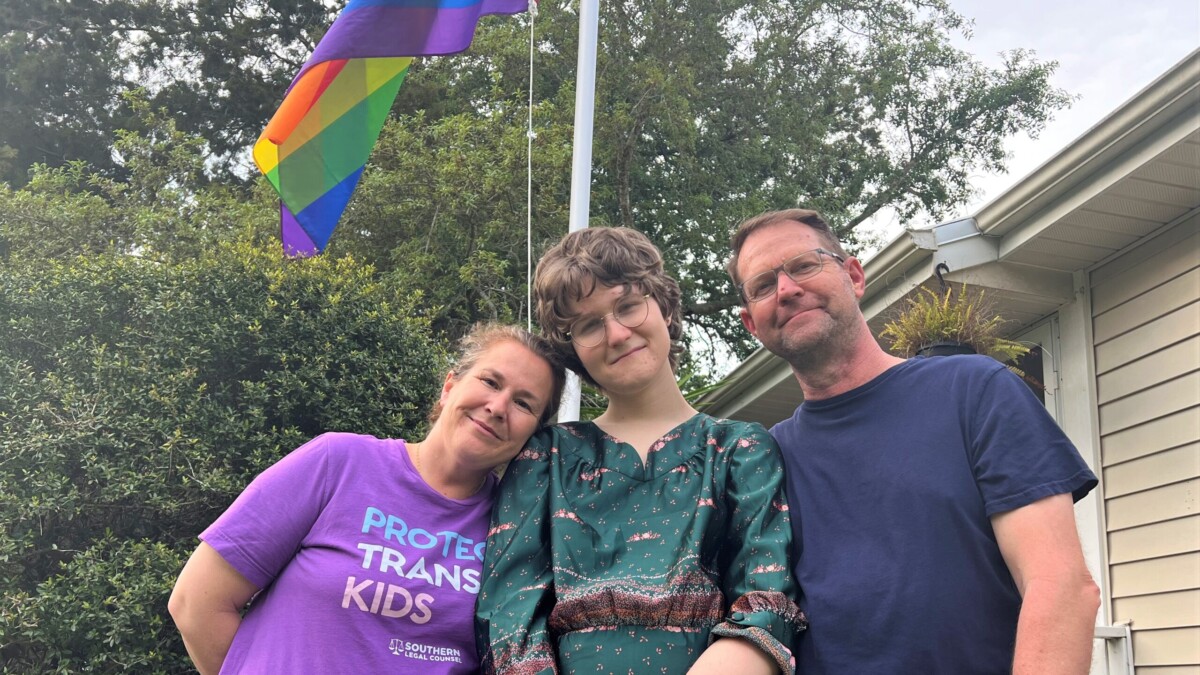The Jacksonville metropolitan area has some of the cleanest air in the country, a turnaround from years past, according to the American Lung Association.
The association’s 24th annual “State of the Air” report, released Wednesday, grades Americans’ exposure to ground-level ozone air pollution, short-term spikes in particle pollution and annual particle pollution over a three-year period from 2019 to 2021.
The area stretching from Palatka to Jacksonville and St. Marys, Georgia, was among 80 cities listed as the cleanest for ozone. Baker and Duval counties received “A” grades for having no high-ozone days, the same as the previous three years.
In the first State of the Air report in 2000, Jacksonville earned an F because it had 15 days of bad ozone levels, the third-worst in Florida.
Ozone air pollution, sometimes known as smog, is one of the most widespread pollutants in the U.S. It is a powerful lung irritant. Particle pollution is a general term for a mixture of solid and liquid droplets suspended in the air, according to the U.S. Environmental Protection Agency. It can be emitted directly from construction sites, unpaved roads, smokestacks and fires, although there are other sources.
Northeast Florida ranked 118th worst for 24-hour particle pollution out of 223 metropolitan areas. It was 89th worst for annual particle pollution.
The lung association noted decades of improvement in air quality nationally, largely a result of the Clean Air Act, which reduced emissions from transportation, power plants and manufacturing. But nearly 36% of Americans — 119.6 million people — still live in places with failing grades for ozone or particle pollution, the report said.
The most at risk are impoverished people, people of color, and children and older adults, the report said.
Researchers said a changing climate is making it harder to protect human health. The three years covered by the report were among the seven hottest years on record globally. High ozone days and spikes in particle pollution related to heat, drought and wildfires are putting millions of people at risk, the report said.
Researchers found a widening disparity between air quality in eastern and western states. Nearly all of the state with failing grades for particle pollution are in the West. Historically urban, industrialized states in the East and Midwest — such as such as New Jersey, New York and Ohio — are getting passing grades.
Climate change in the West has meant higher temperatures; dry, sunny skies; and more frequent stagnation events that are contributing to the number of unhealthy ozone days, the report said.
9(MDEwNzczMDA2MDEzNTg3ODA1MTAzZjYxNg004))







